

If you’ve ever spotted a deer and wondered whether it was a mule deer or a whitetail deer, you’re not alone. These two iconic North American deer species share some traits, but have distinct differences in their appearance, behavior, habitat, and even the threats they face. In this comprehensive guide, we’ll break down everything you need to know in the comparison of mule deer vs whitetail deer.
One of the easiest ways to tell the difference between mule deer and whitetail deer is by their physical features.
Mule deer are named for their large, mule-like ears. Their oversized ears are typically around three-quarters the length of their head. In contrast, whitetail deer have smaller, more proportionate ears.
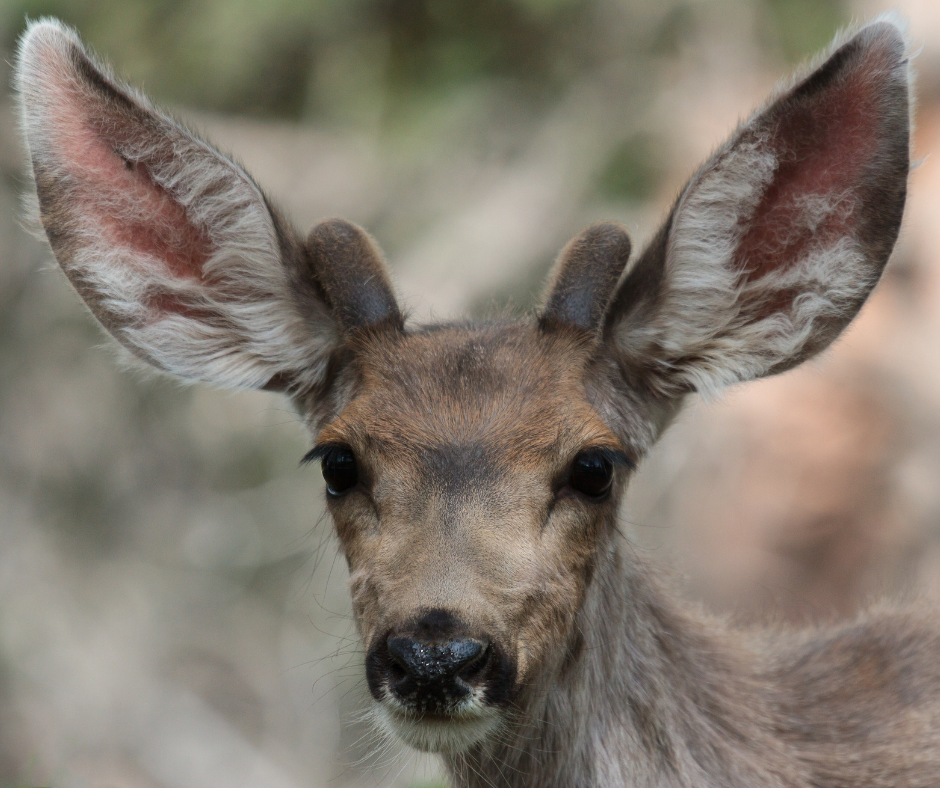
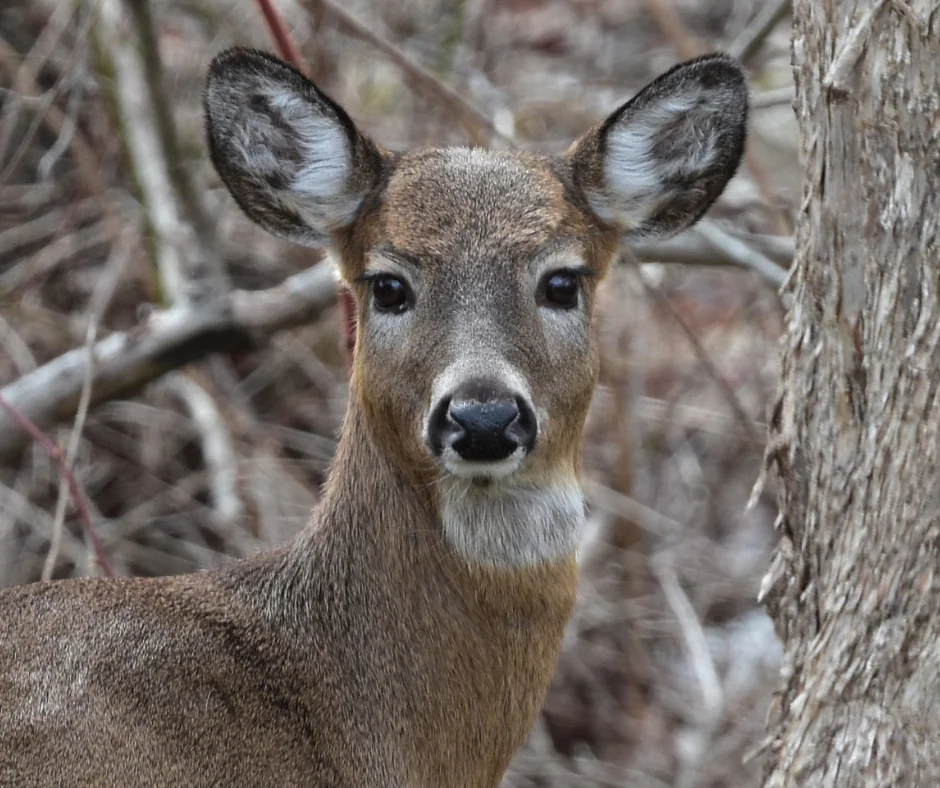
Whitetail deer have the classic white underside on their tails, which they raise like a flag when alarmed. Their tails are longer and bushier than mule deer tails. Mule deer, on the other hand, have a smaller tail with a black tip and a white rump patch.

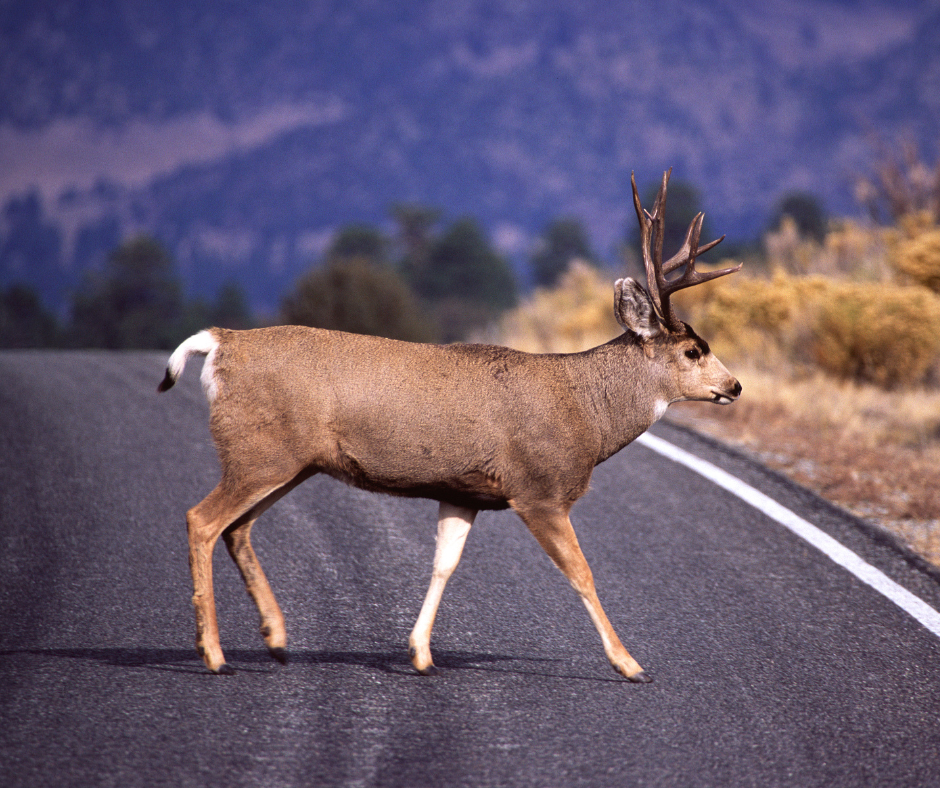
Both species have grayish-brown coats in winter and reddish-brown coats in summer. Mule deer tend to have a grayer appearance overall, while whitetails lean more reddish.
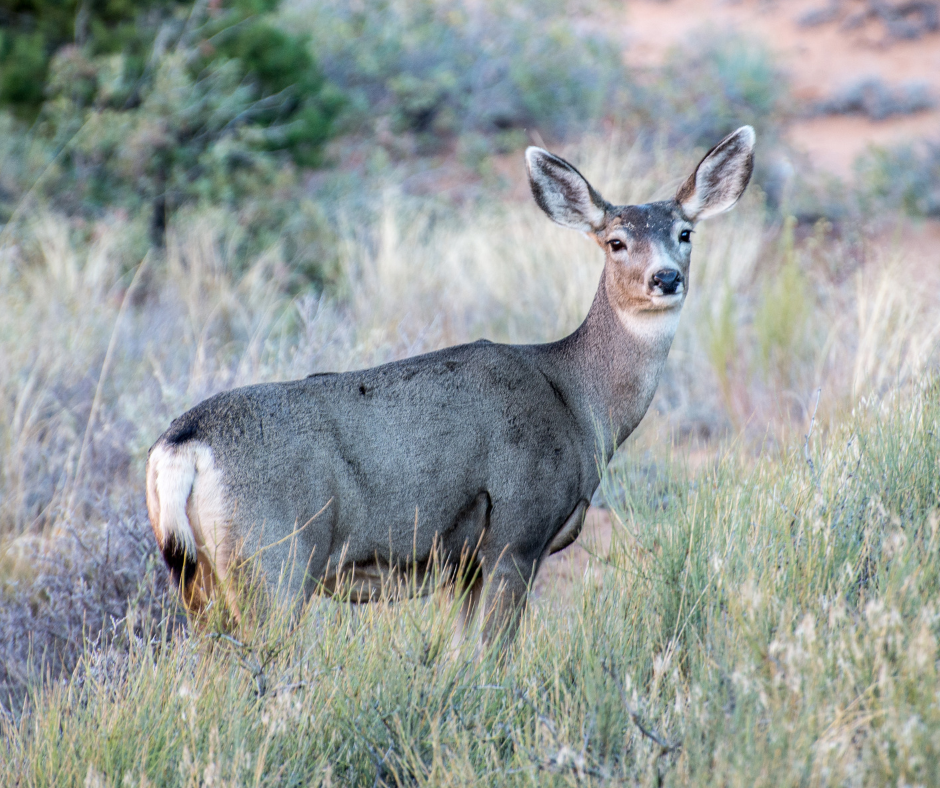
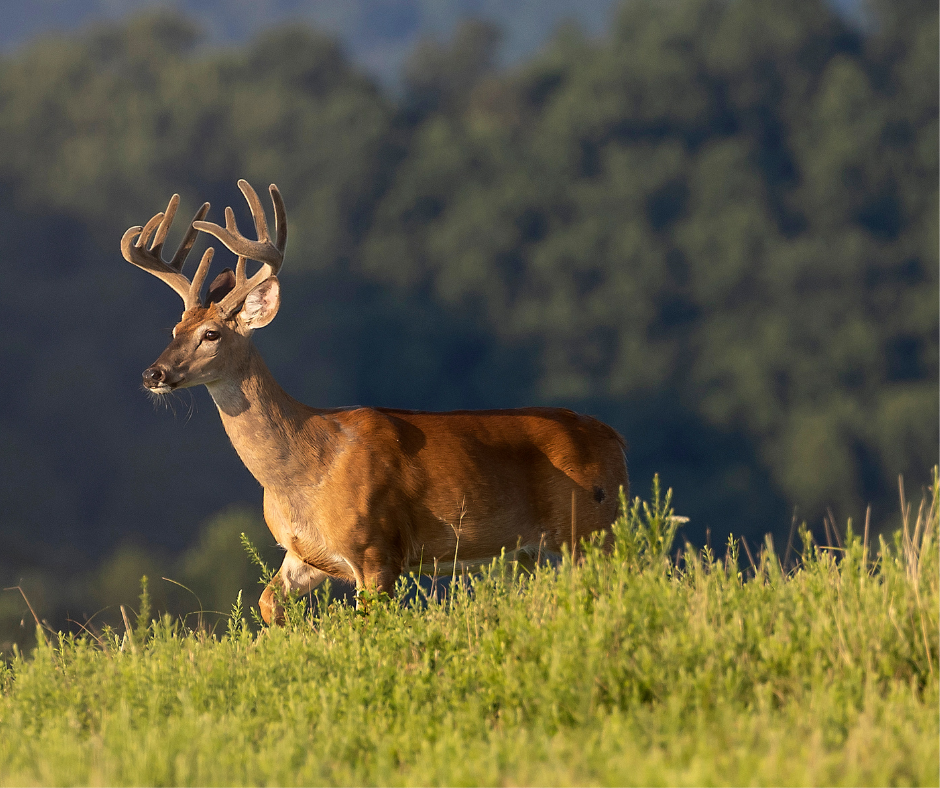
Mule deer often have a distinctive “black mask” on their foreheads and more defined facial markings. Whitetails usually have a cleaner, lighter face.


Both species grow antlers (males only), but the structure of their antlers differs significantly. Mule deer antlers tend to “fork”. This means the main beams split once, and each fork can split again. Whitetail deer antlers grow off a central beam with individual tines branching upward.
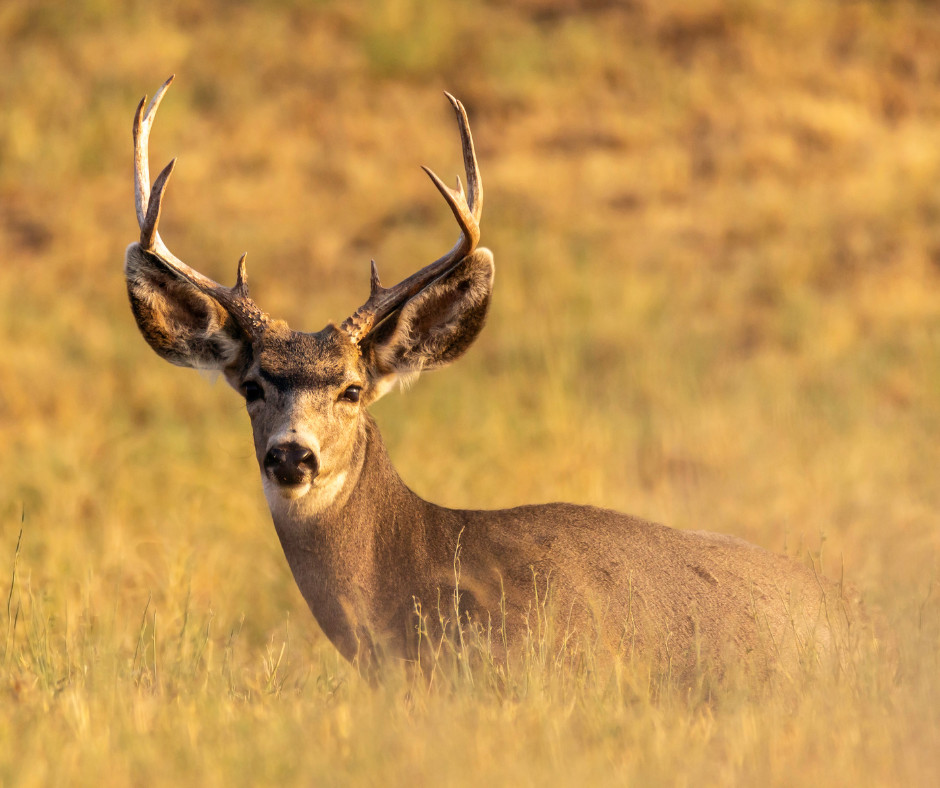

This difference is especially visible in mature bucks and is one of the clearest ways to tell the species apart during the fall rutting season.
A mule deer’s signature movement is called stotting or pronking—they bound with all four feet hitting the ground simultaneously. This helps them navigate rough, steep terrain. Whitetail deer are known for galloping or sprinting, especially when fleeing predators in flatter, wooded areas.
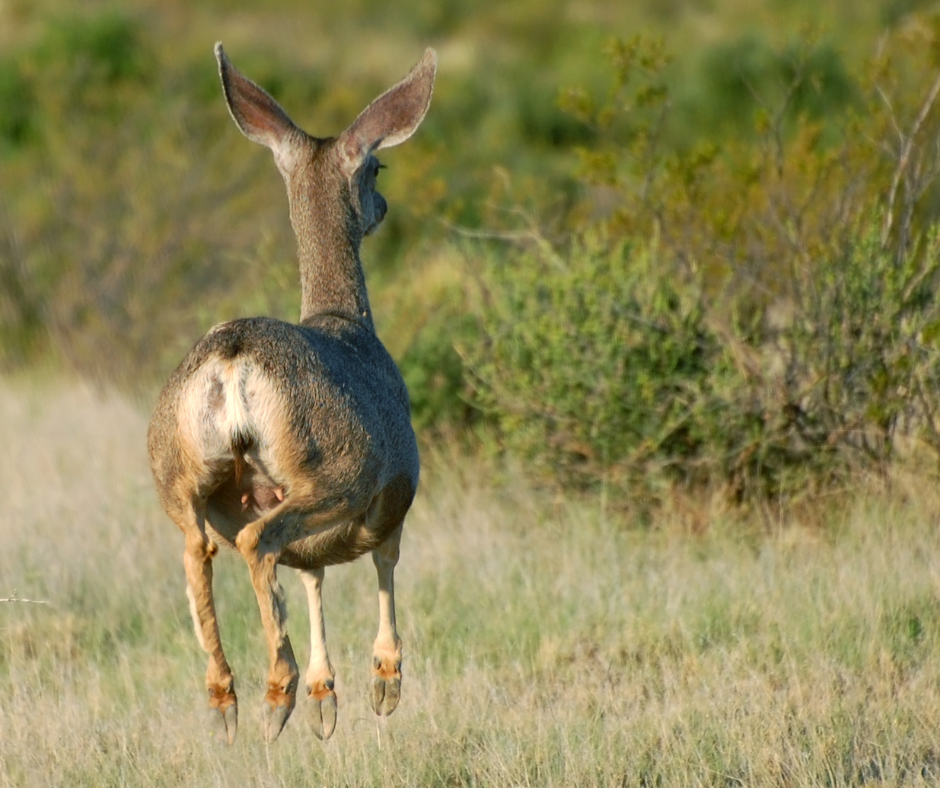

Both species are social, but their group structures differ slightly. Mule deer are often found in small groups and may be more tolerant of sharing space with other deer. Whitetail deer are more territorial and tend to form matriarchal family groups, especially females with offspring.
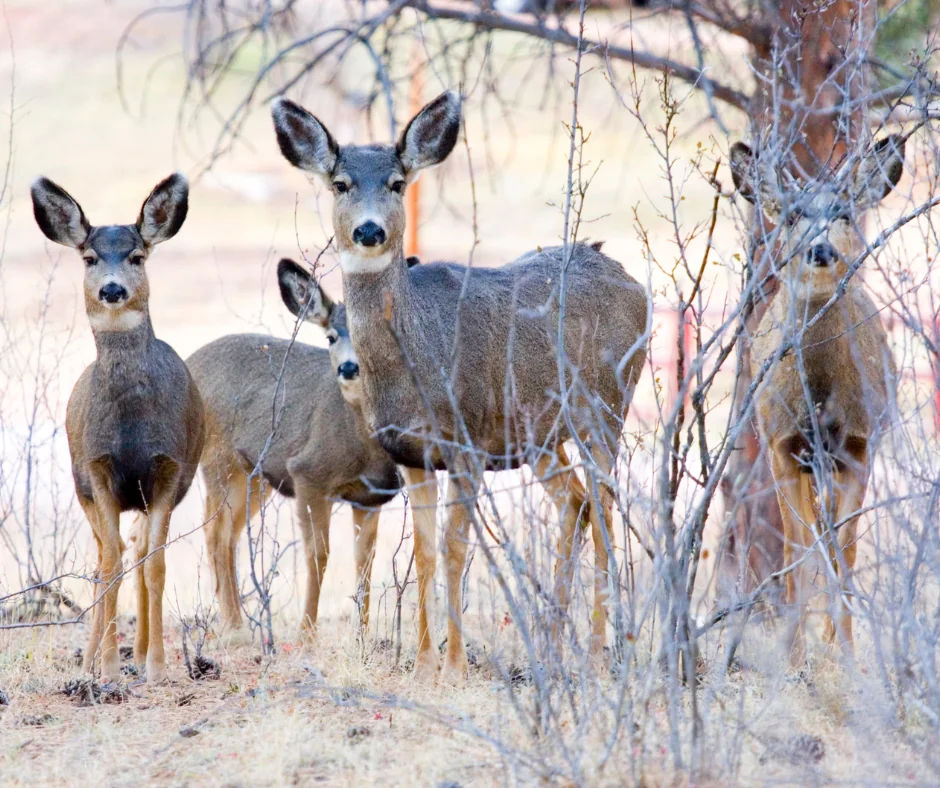
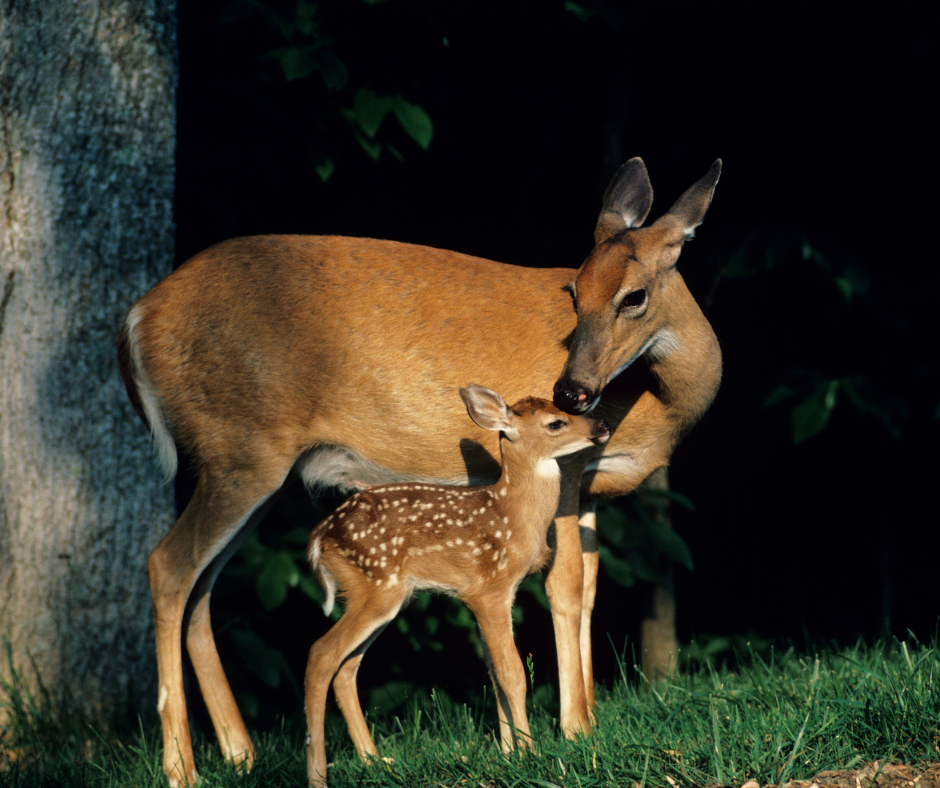
Both mule deer and whitetail deer are herbivores, but they differ in how and what they eat. Mule deer are browsers, favoring shrubs, leaves, and twigs. They thrive in arid, mountainous environments where vegetation is sparse. Whitetail deer are more mixed feeders, grazing on grasses, forbs, crops, and browsing on woody plants depending on availability. Mule deer have adapted to feed more selectively on high-fiber plants, while whitetails often consume more nutrient-rich crops in agricultural areas.
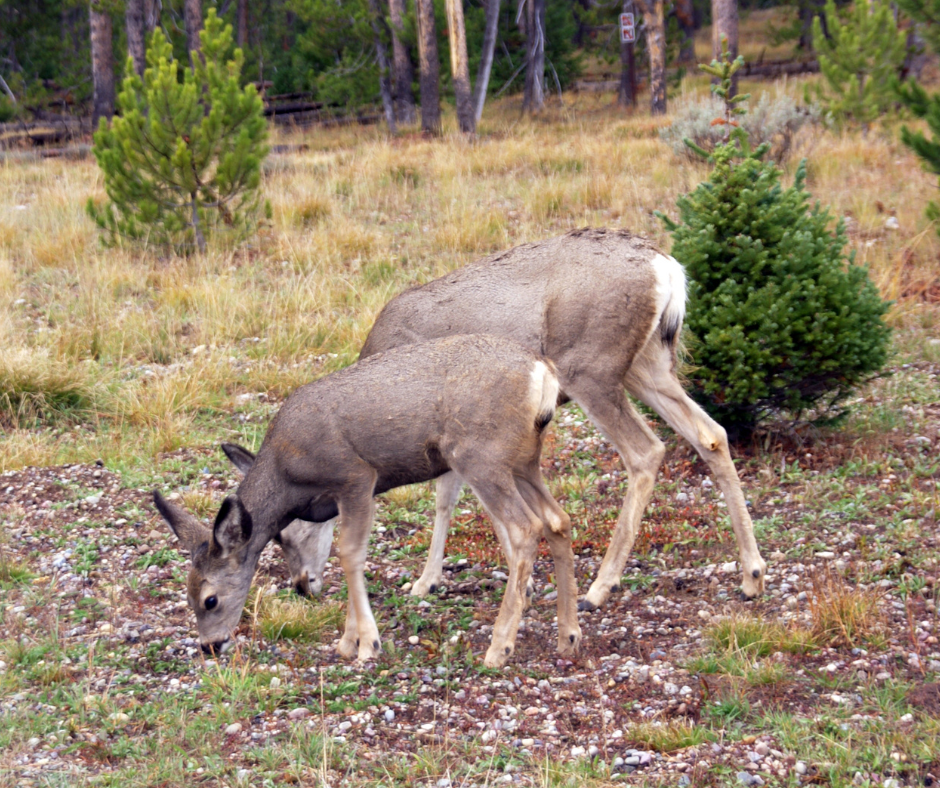
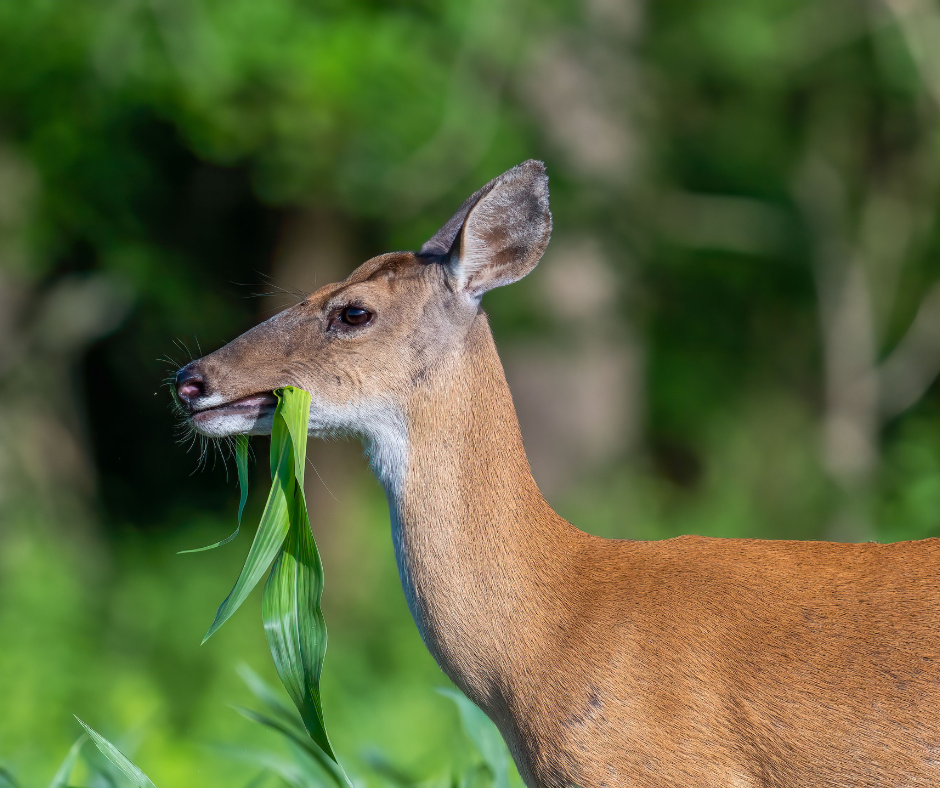
Geography is one of the most important differences in the mule deer vs whitetail deer debate.
In areas where ranges overlap—such as parts of the Great Plains and Southwest—it’s possible to see both species, and in rare cases, even hybrids.
Both species breed in the fall (October–December) and give birth in late spring or early summer.


Mule deer fawns tend to have a slightly lower survival rate due to their harsher environments, whereas whitetail fawns often benefit from denser cover and more abundant food sources.
Both species face similar natural predators, including coyotes, wolves, bobcats, and mountain lions, especially during fawning season.
However, human-related threats are a growing concern:

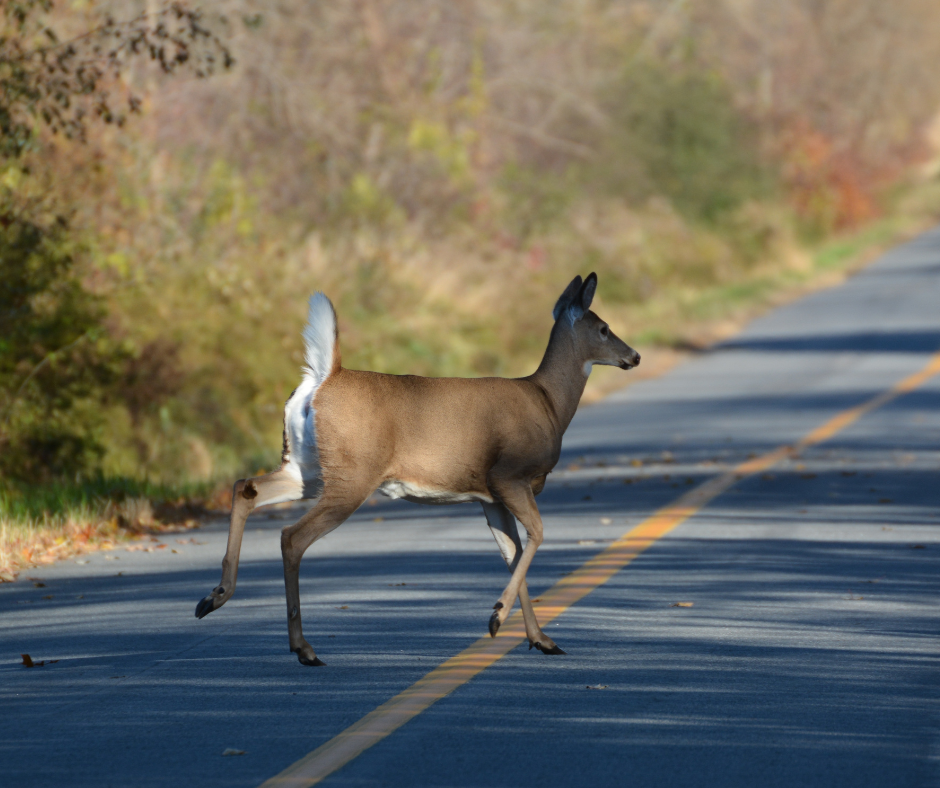
Yes, ticks attach to both mule deer and whitetail deer. As deer populations have expanded into suburban neighborhoods and parks, so has the risk of tick-borne diseases like Lyme disease.
Whitetail deer are the primary reproductive host for adult black-legged ticks (also known as deer ticks), which can transmit Lyme disease to humans and pets. While deer don’t carry Lyme disease themselves, they support the tick’s life cycle by providing blood meals.
Mule deer also host ticks, particularly in western states, but they’re less associated with Lyme disease because the black-legged tick is less common in arid, high-elevation environments. However, other tick species may attach to mule deer and can spread Rocky Mountain spotted fever, anaplasmosis, and Colorado tick fever.
Mule deer are more vulnerable to environmental stress due to drought, loss of migration corridors, and wildfires. Whitetail deer, thanks to their adaptability, are more likely to over-browse forests, damage crops, and invade residential landscapes, particularly in the eastern U.S. In some areas, whitetail populations have exploded, causing concern among ecologists and homeowners alike.


If you live in the eastern half of the U.S., it’s most likely whitetail deer wandering through your yard, nibbling on your shrubs, or unknowingly bringing ticks into your space. If you’re in the West, especially in more rugged or arid environments, you might see mule deer instead.
Regardless of which species, deer can cause serious damage to landscaping and contribute to tick populations. That’s where ohDEER can help. Our All-Natural Deer Control and All-Natural Tick Control treatments protect your plants, kids, and pets, without the use of harsh chemicals.
| Feature | Mule Deer | Whitetail Deer |
| Ears | Large, mule-like | Smaller, more proportionate |
| Tail | Short with black tip | Long with white underside |
| Antlers | Forked branching | Tines from central beam |
| Movement | Stotting (bounding) | Sprinting/galloping |
| Diet | Browsers (woody plants) | Mixed feeders (grasses, crops) |
| Habitat | West, arid/mountainous | East, forests and suburbs |
| Ticks | Some species, less Lyme risk | Primary host for deer ticks that spread Lyme Disease |
| Population | Stable but vulnerable | Expanding and adaptable |